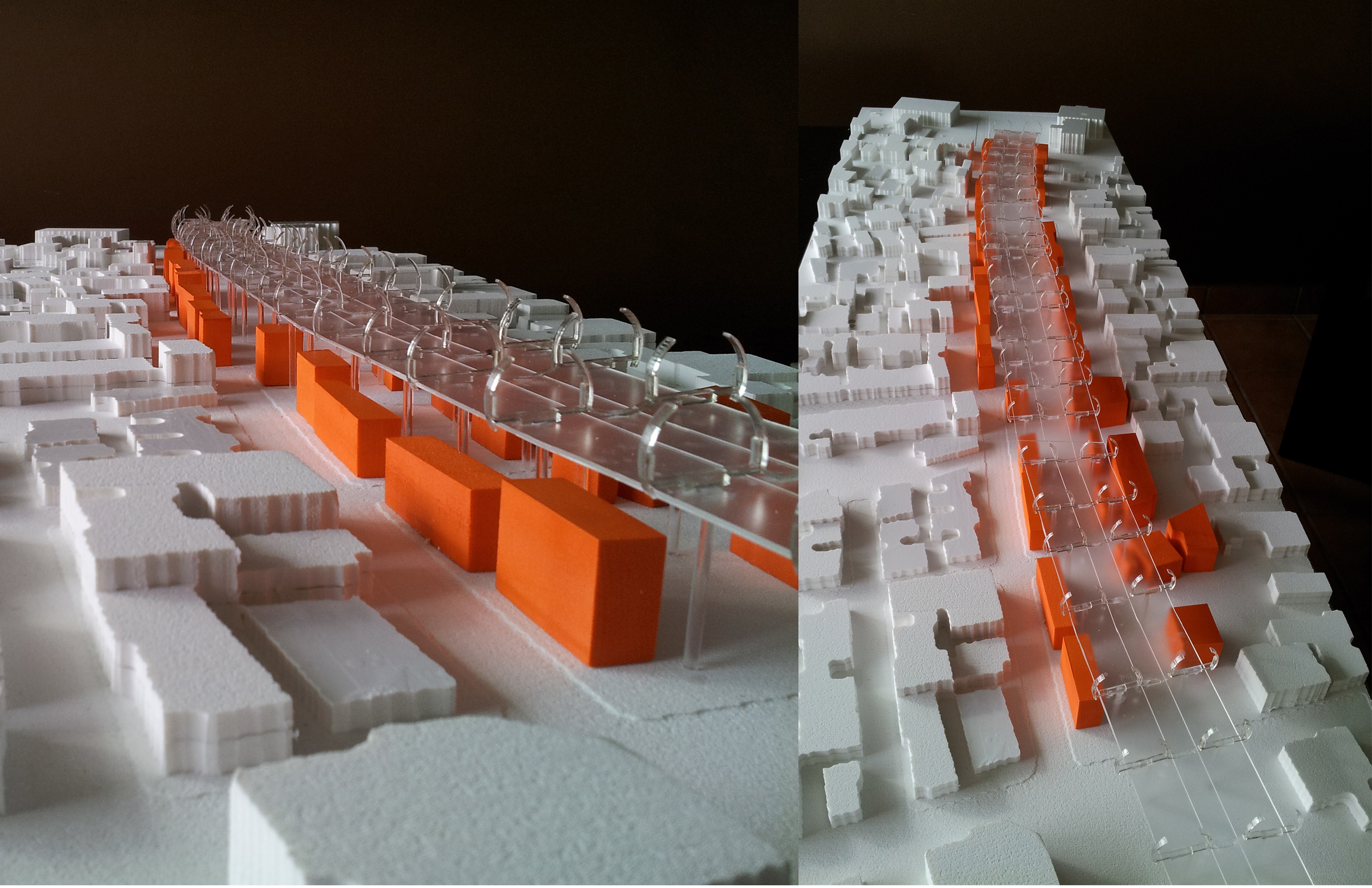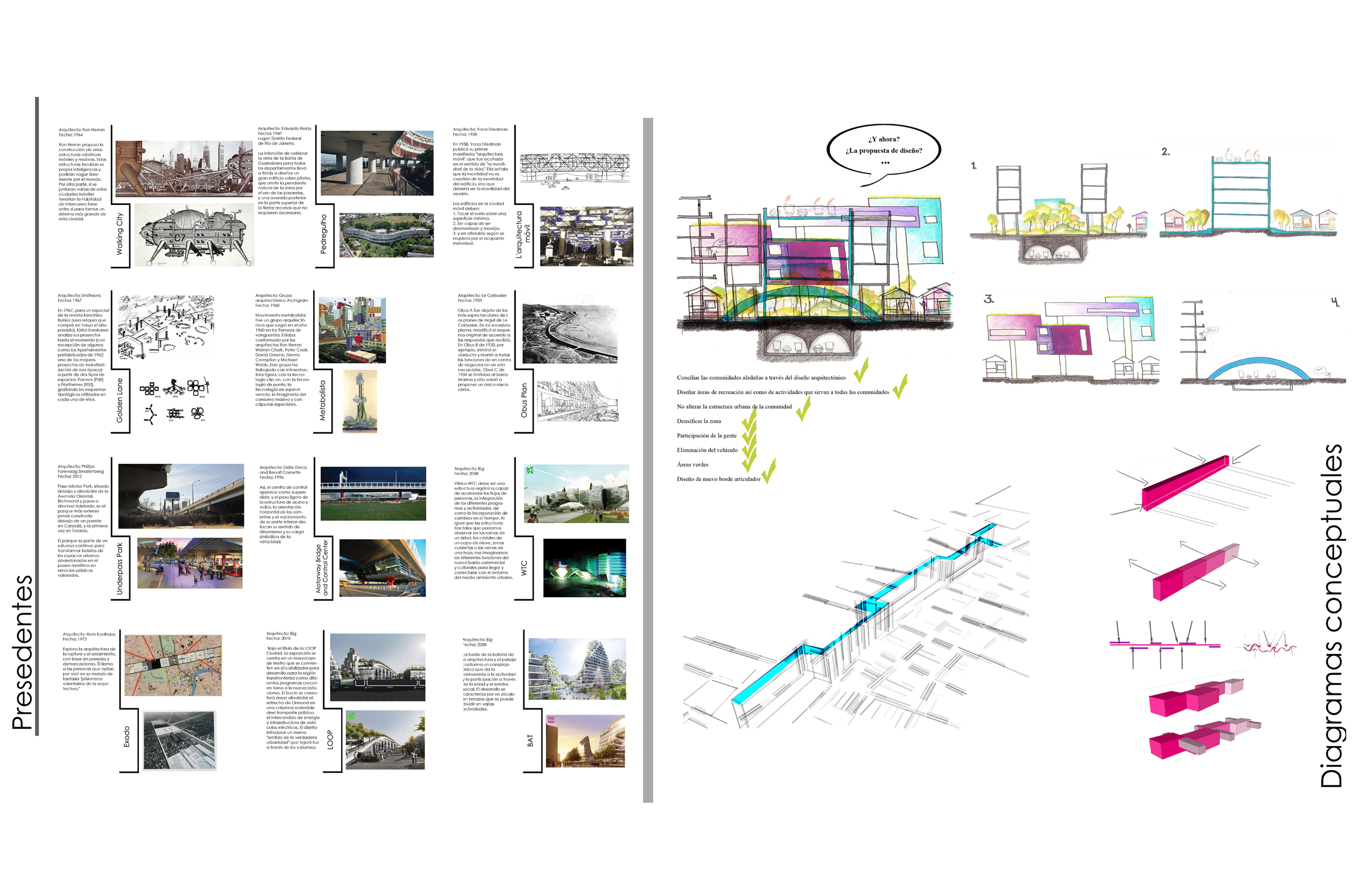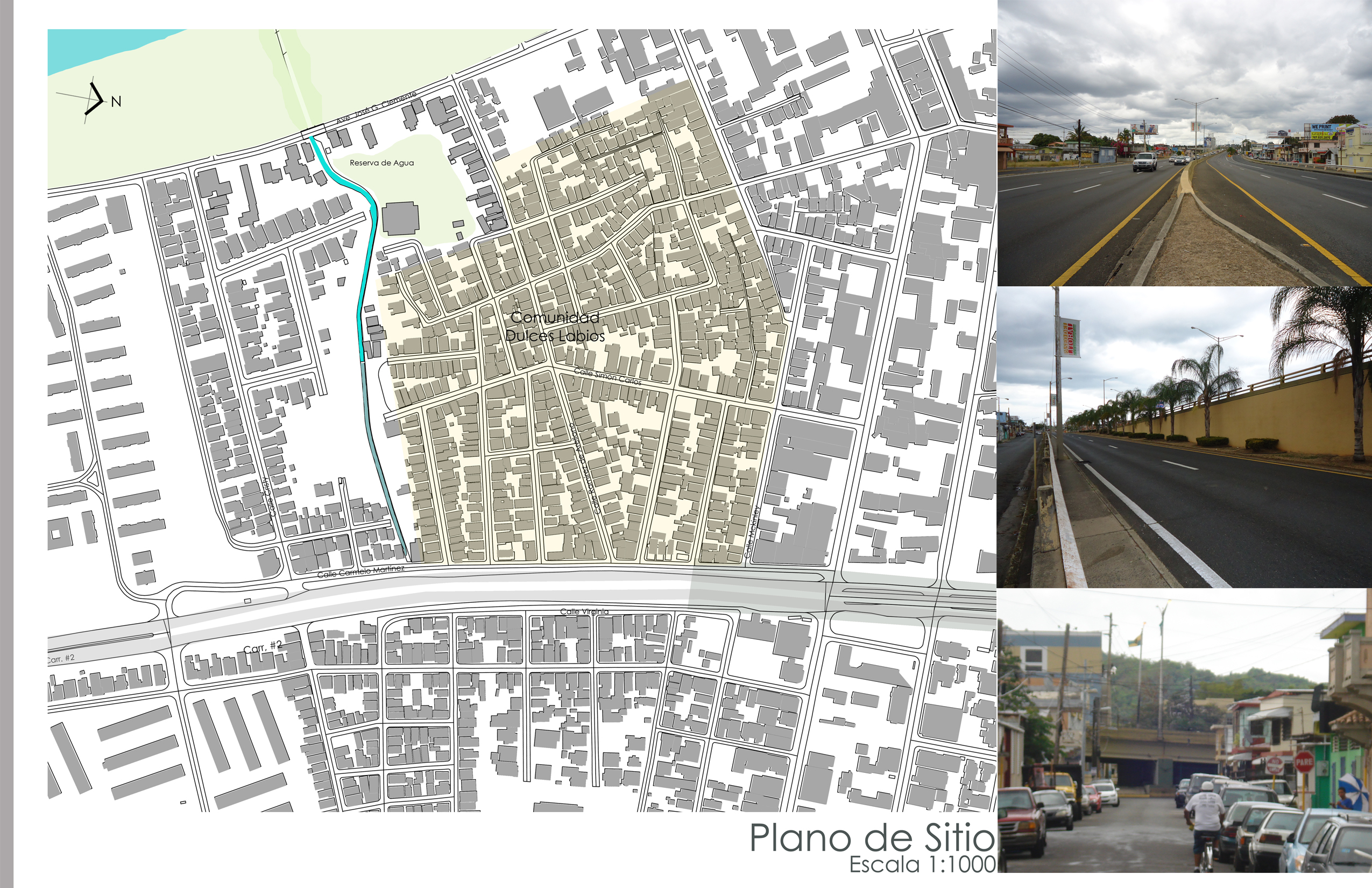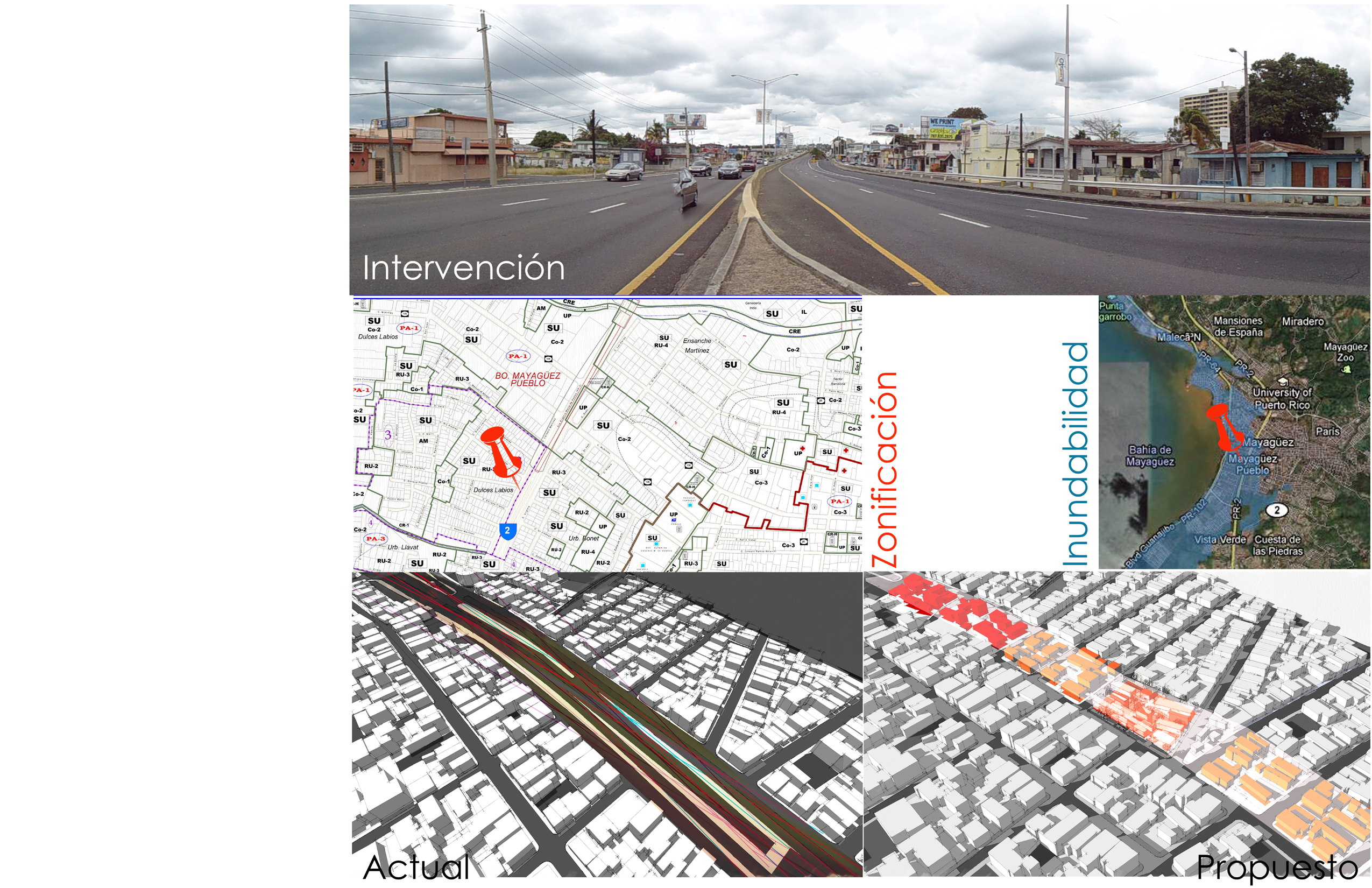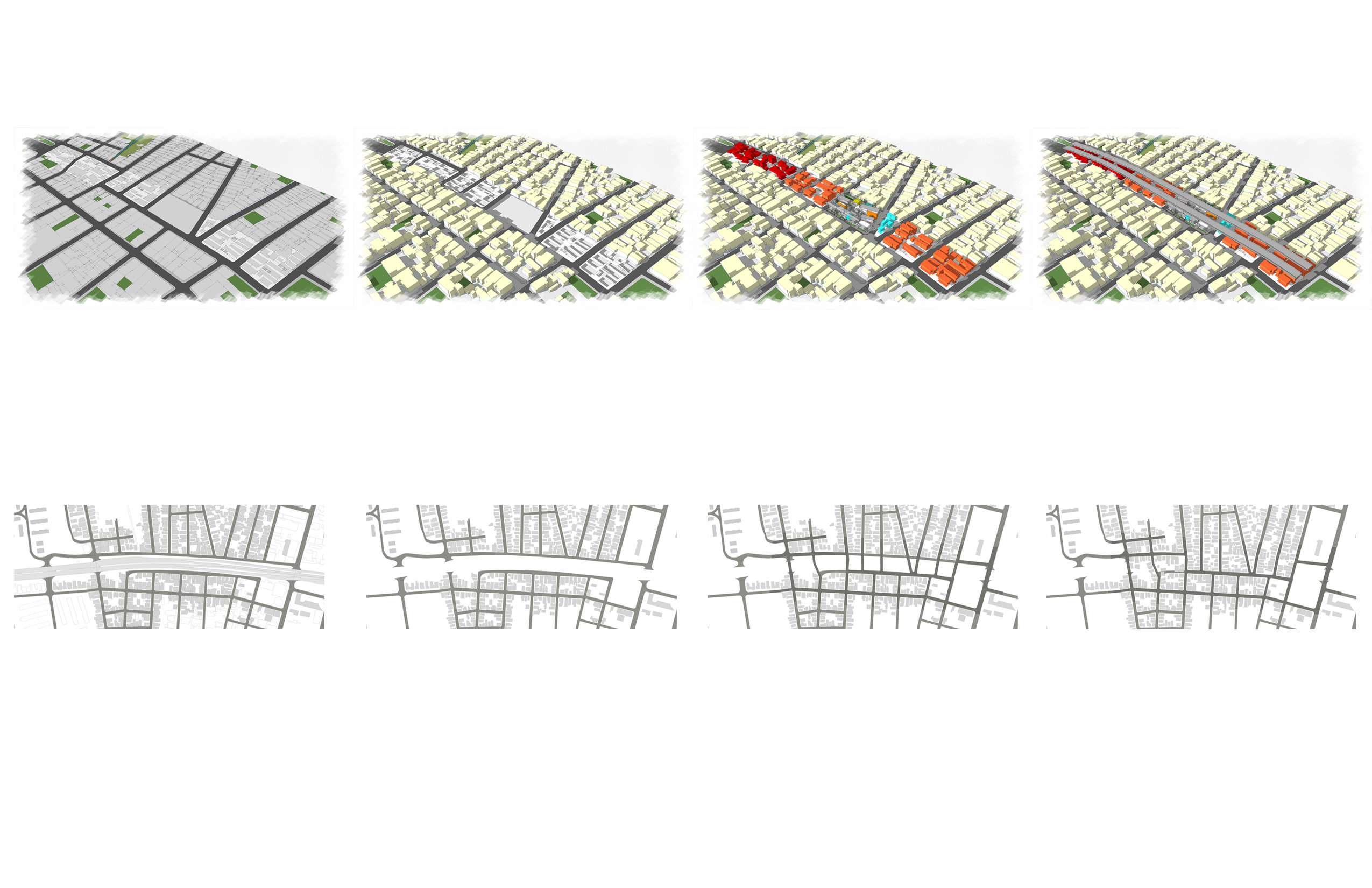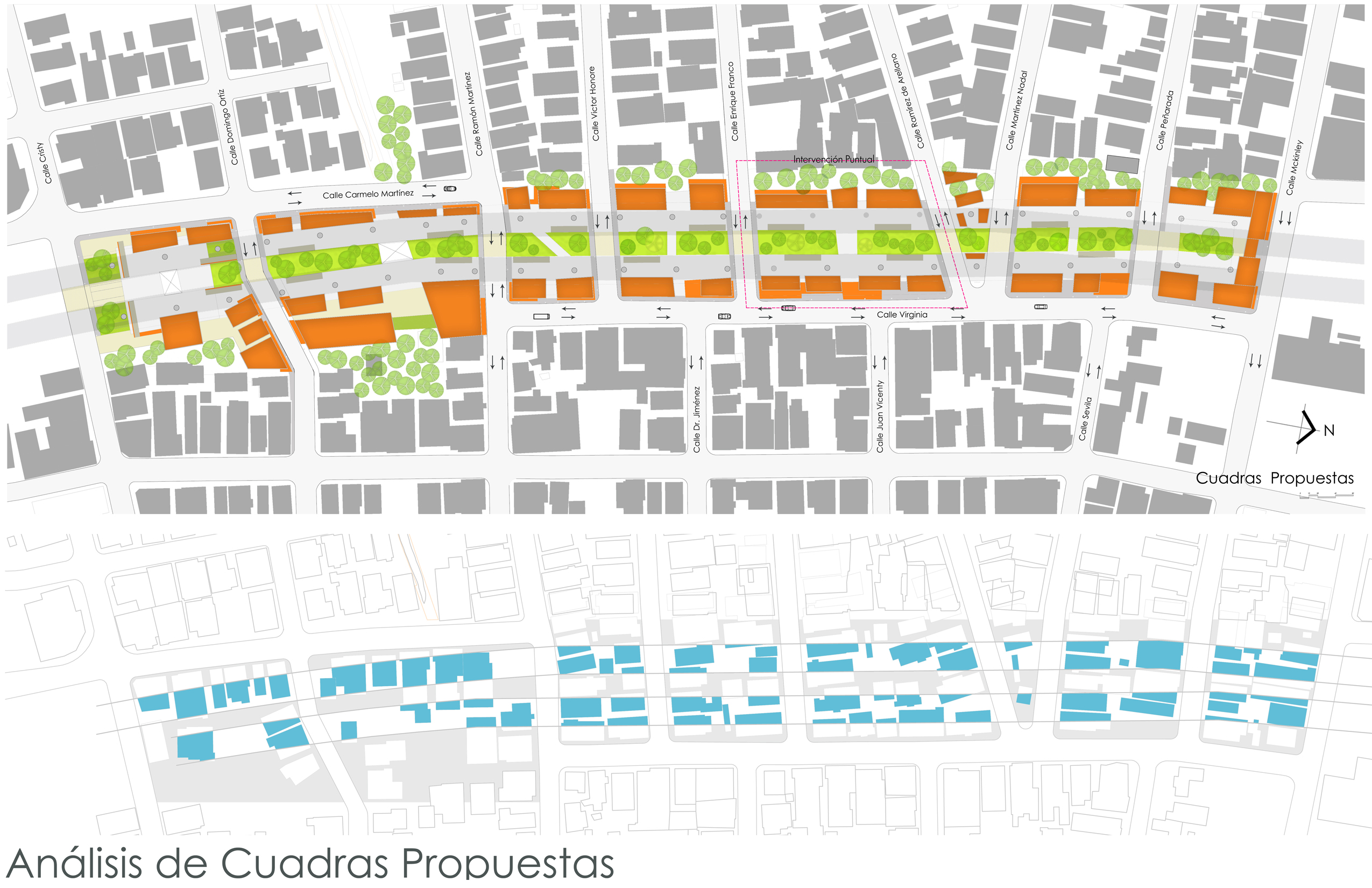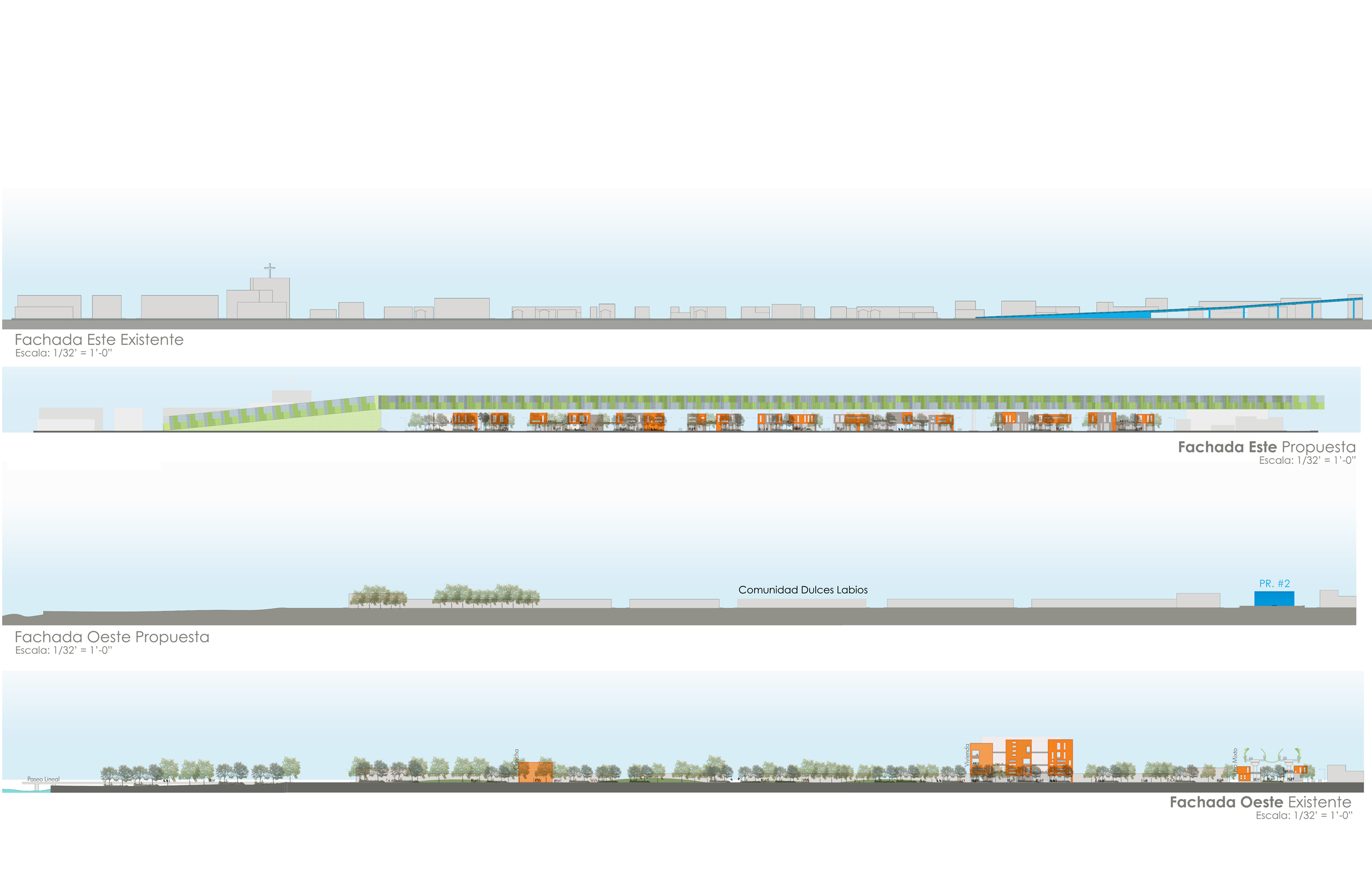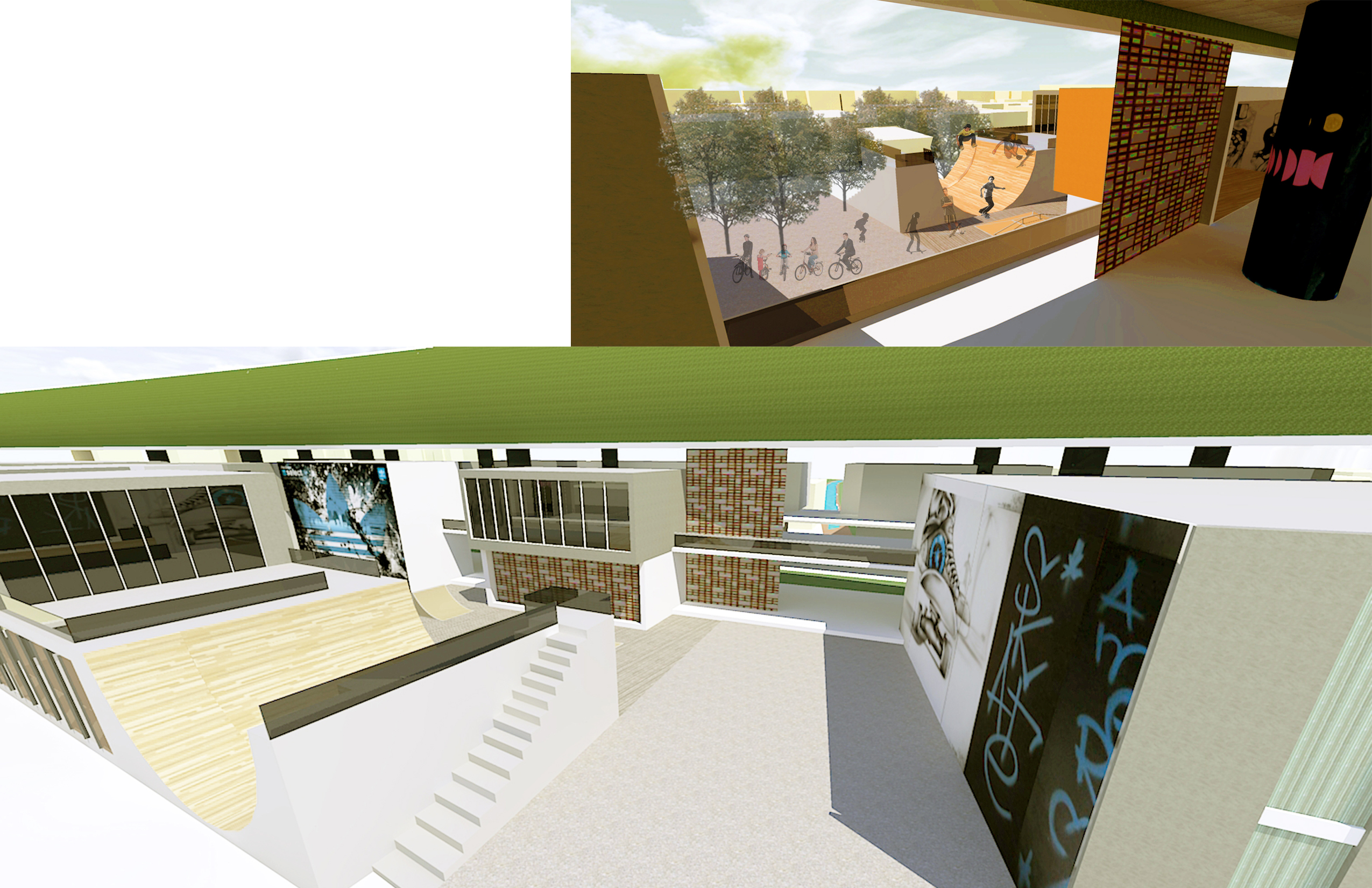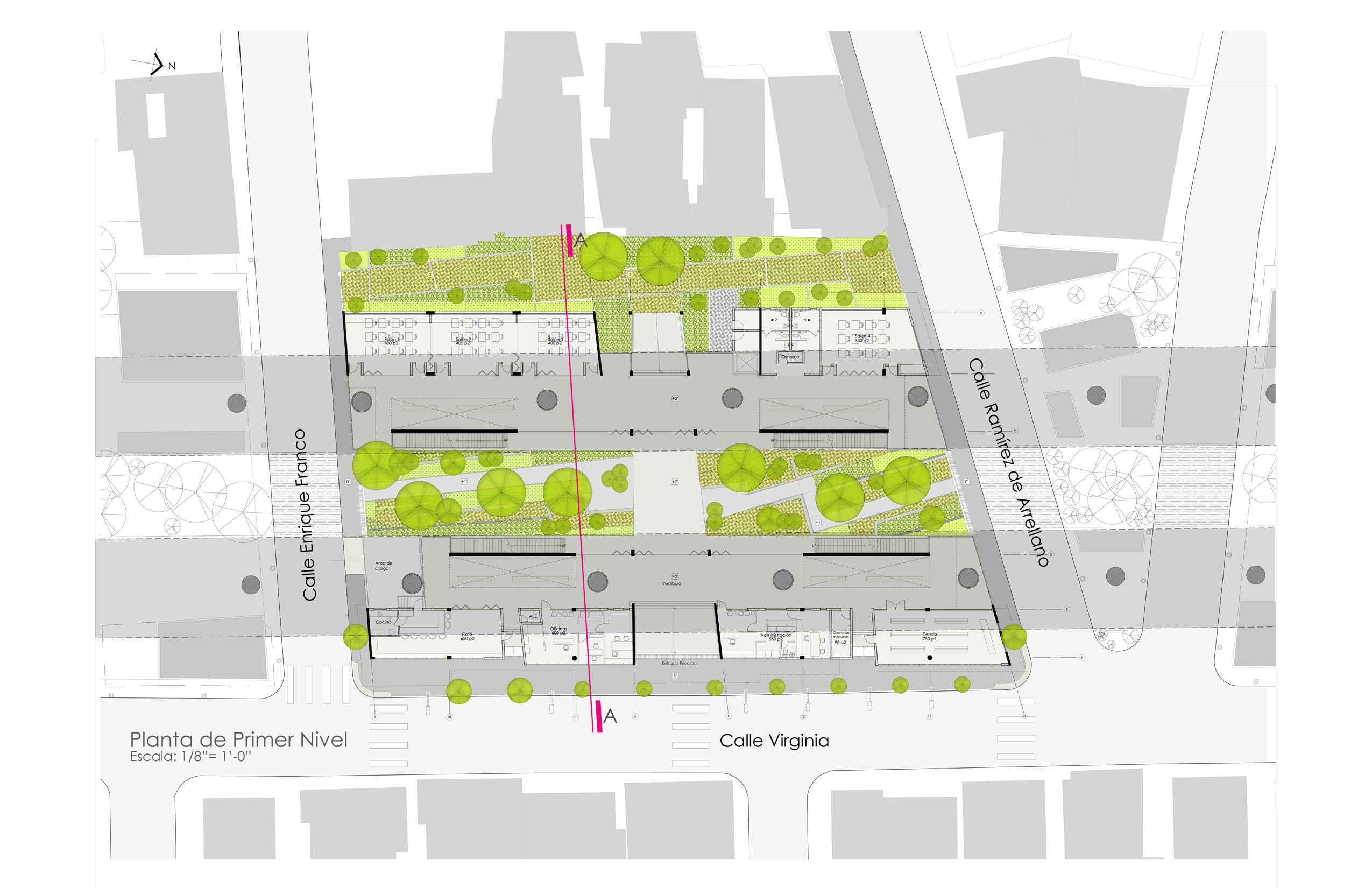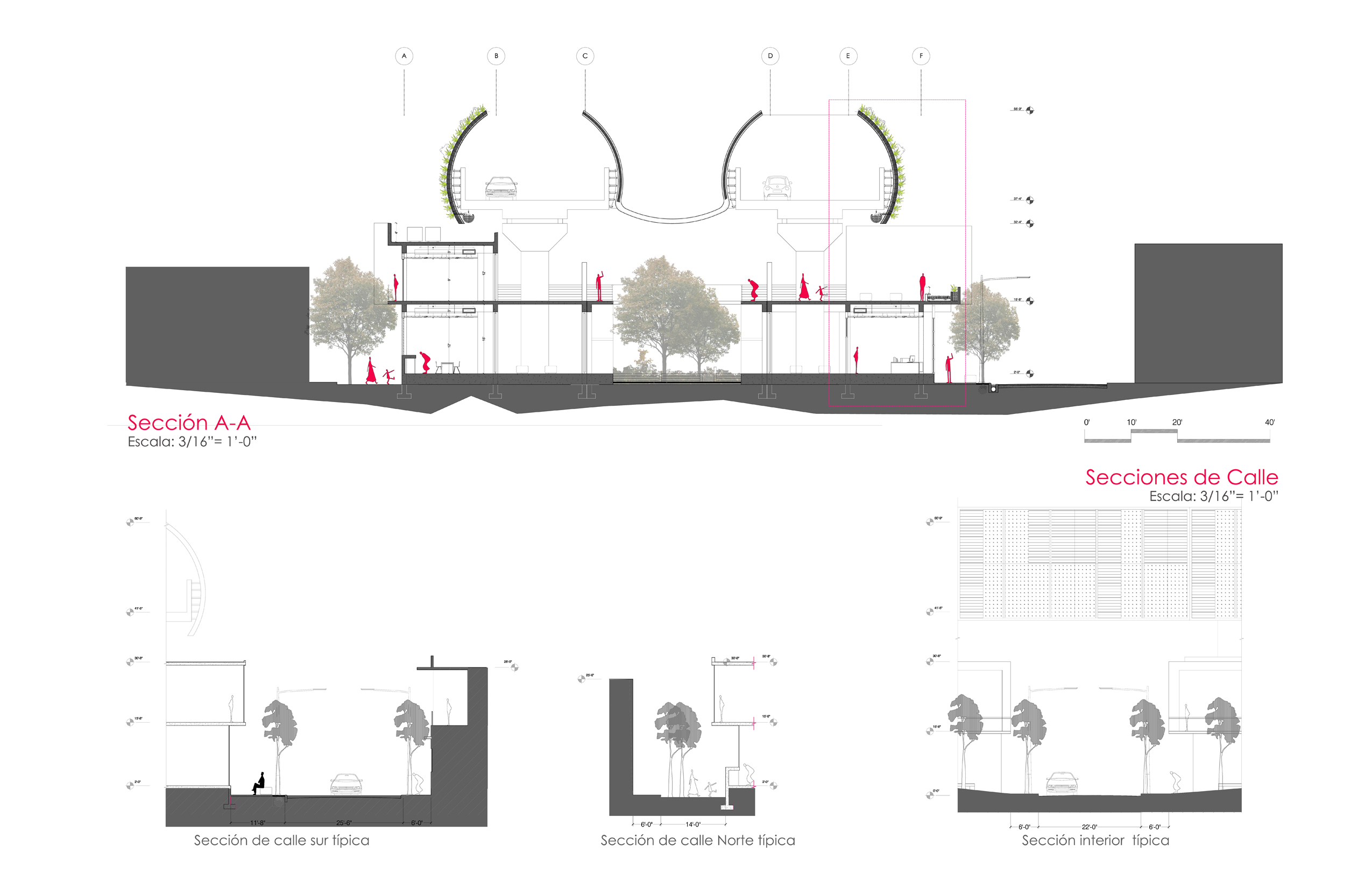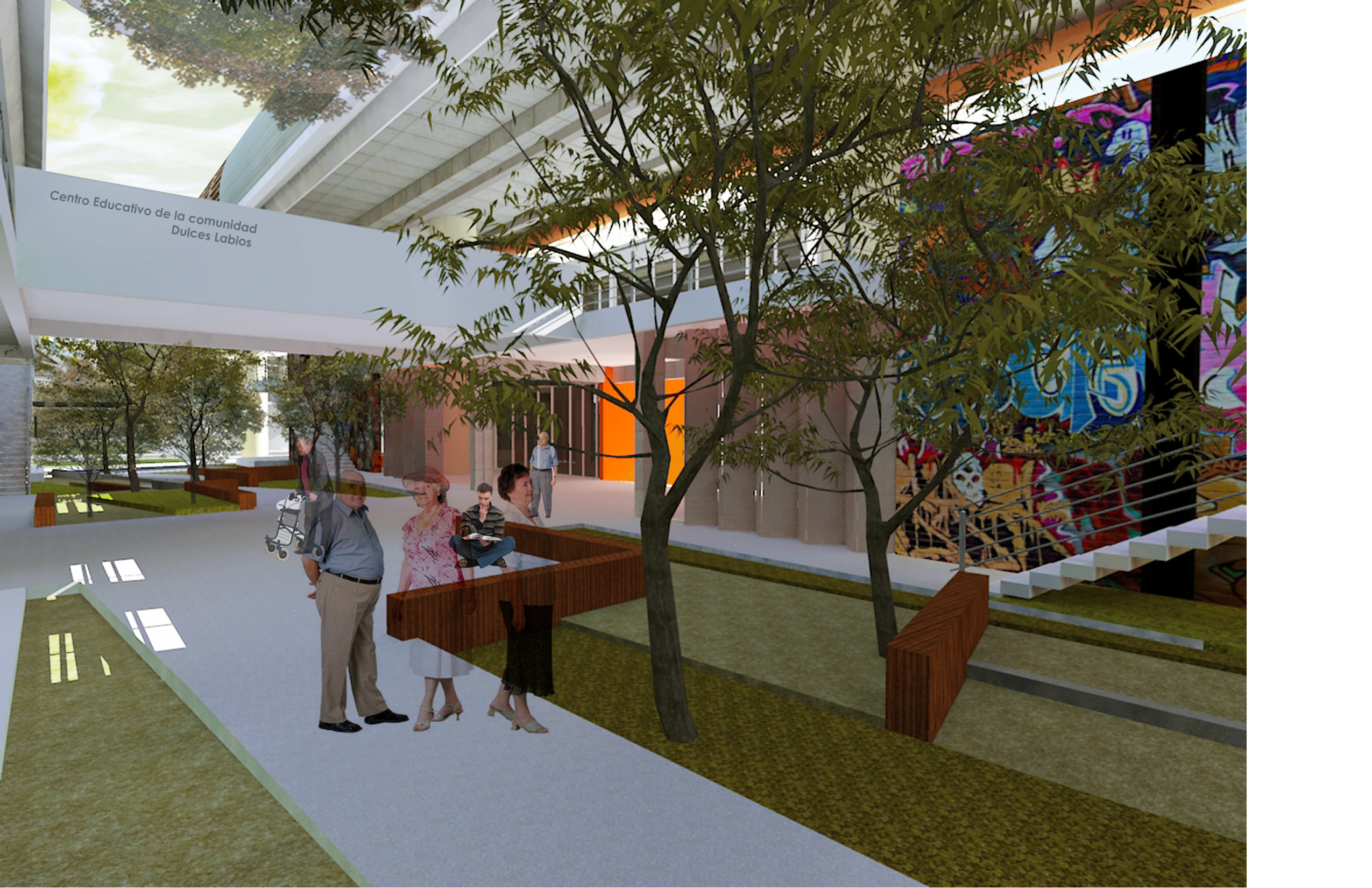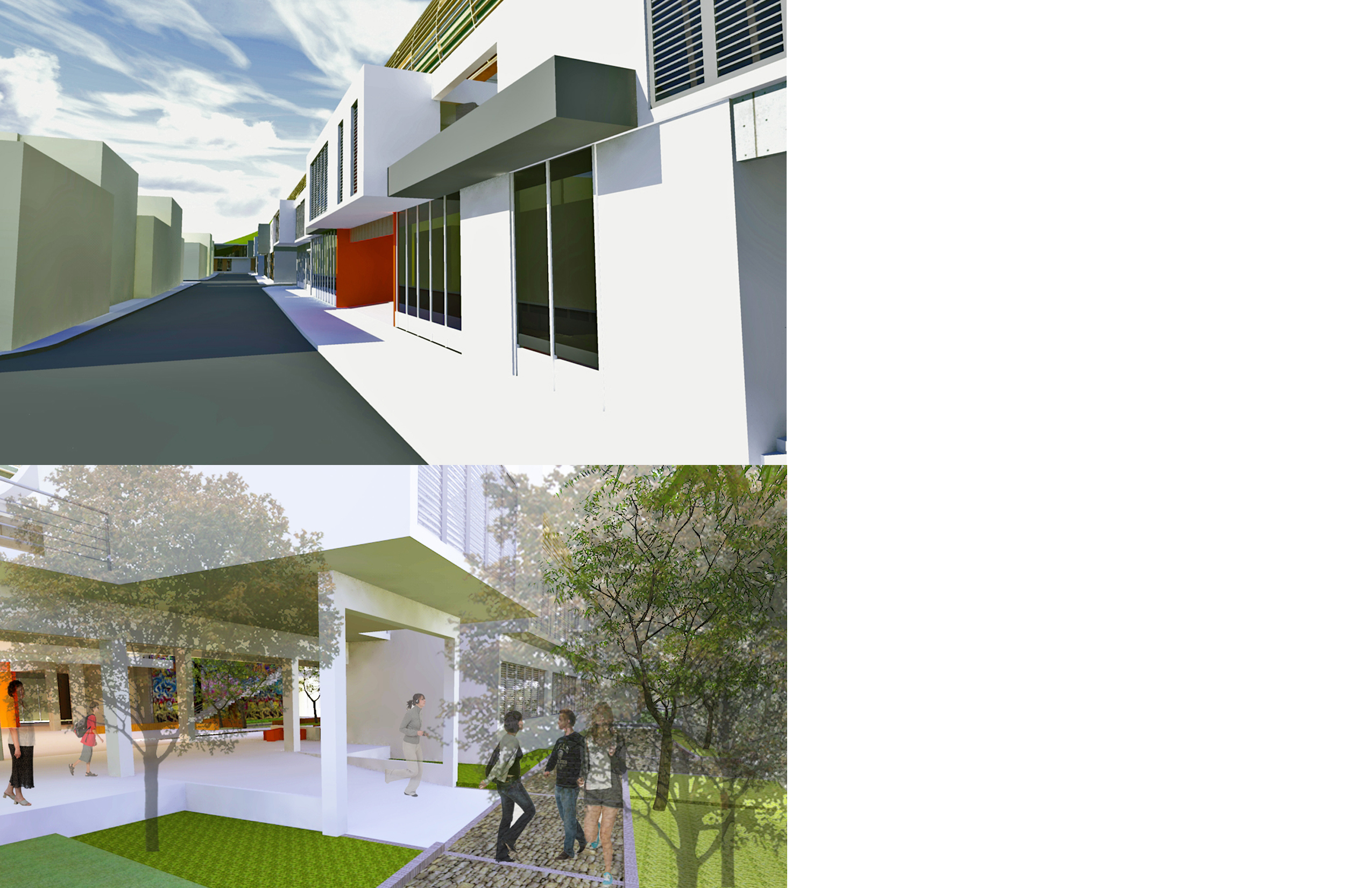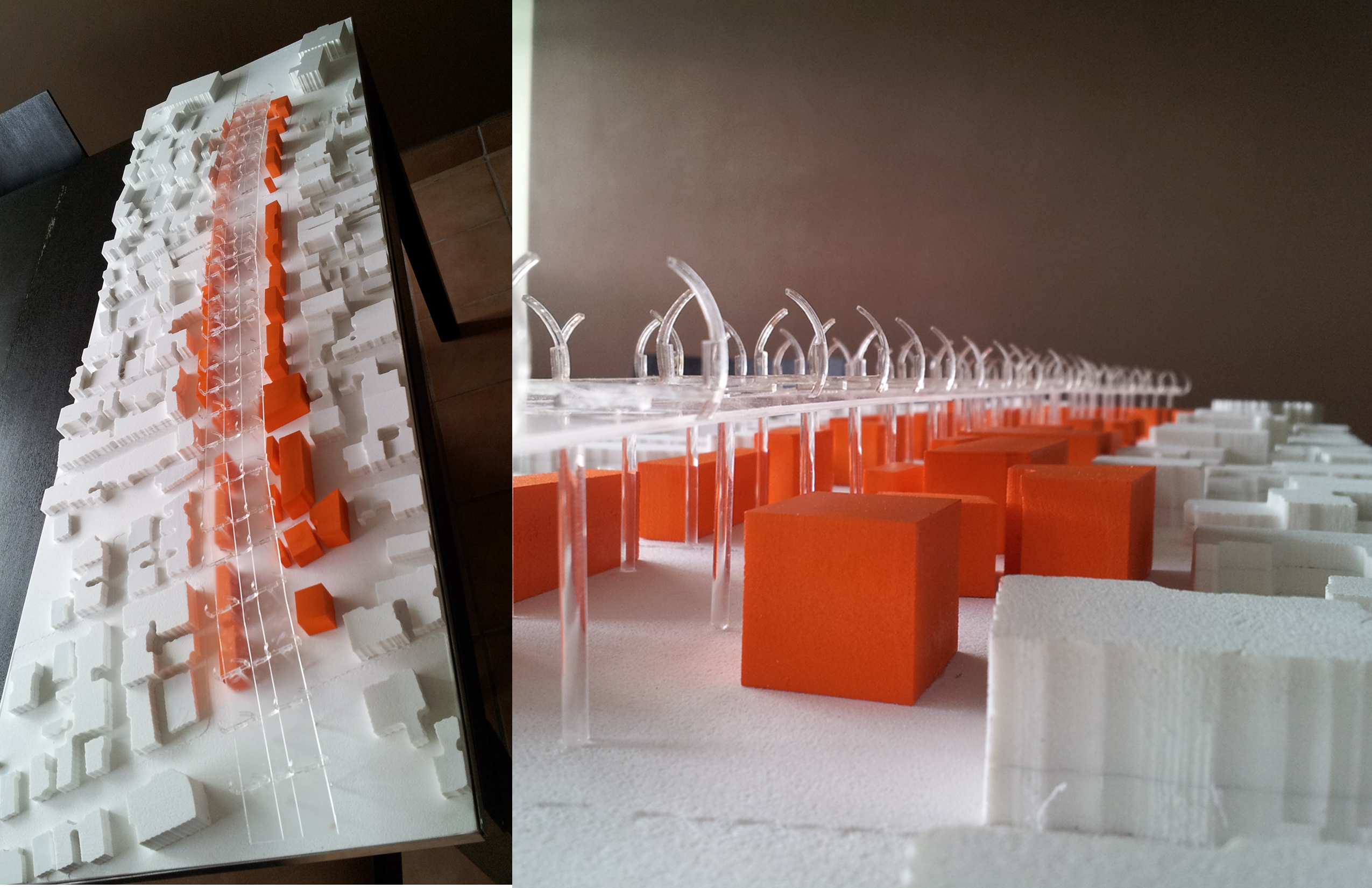[Re]pensar el borde urbano desde la comunidad: el caso de Dulces Labios
Thesis by Ricardo E. Curet Agrón (2013)
Director: Humberto Cavallin
Advisors: Carmen A. Pérez-Herrán, Edwin R. Quiles Rodríguez
Abstract
Urban communities with limited resources in Puerto Rico have been characterized by the way in which they organize, shape, and modify their space. The forms they have acquired arise in principle from an unplanned need, developing spontaneously and simultaneously generating a strong sense of identity and belonging to the place built by the inhabitants themselves. However, these communities usually show integration issues with their immediate environment because they were not planned in an articulated way with the surrounding areas. On the other hand, the constructions developed on the periphery of these communities contribute to this relationship of mutual exclusion by not necessarily fostering the relationship that may exist between the community, the urban structure of the city and the integration of pre-existing communities. The encounter of this conflict manifests itself markedly on the physical edge between communities generating different conditions, with this urban condition being the object of study of this research. As part of this thesis, representative cases of communities were identified in the Mayaguez area, presenting the condition described. For this, field studies, interviews, analysis of the historical background, data surveys, meetings with community leaders, site analysis, maps and aerial photos will be carried out that will help identify the most significant moments and features of the area and that demonstrate as has been the urban composition of the communities.
Finally, a design proposal will be made to establish the design criteria to be followed and exemplify how these articulation strategies for community improvement could be physically manifested.
Spanish
[Re]pensar el borde urbano desde la comunidad: el caso de Dulces Labios
Tesis por Ricardo E. Curet Agrón (2013)
Director: Humberto Cavallin
Consejeros: Carmen A. Pérez-Herrán, Edwin R. Quiles Rodríguez
Resumen
Las comunidades urbanas de escasos recursos en Puerto Rico se han caracterizado por la manera en la cual organizan, conforman y modifican su espacio. Las formas que estas han adquirido surgen en principio de una necesidad no planificada, desarrollándose de manera espontánea y generando paralelamente un fuerte sentido de identidad y pertenencia con el lugar construido por los propios habitantes. Sin embargo, estas comunidades muestran por lo regular problemas de
integración con su entorno inmediato, debido a que no fueron planificadas de manera articulada con las zonas circundantes. Por otra parte, las construcciones desarrolladas en la periferia de estas comunidades contribuyen a esta relación de mutua exclusión al no necesariamente propiciar la relación que puede existir entre la comunidad, la estructura urbana de la ciudad y la integración de las comunidades preexistentes. El encuentro de este conflicto se manifiesta marcadamente en el borde físico entre las comunidades generando distintas condiciones, siendo esta condición urbana el objeto de estudio de esta investigación. Como parte de esta tesis, se identificaron casos
representativos de comunidades en el área de Mayagüez, que presenten la condición descrita. Para ello se realizarán estudios de campo, entrevistas, análisis del trasfondo histórico, levantamientos de datos, reuniones con líderes de las comunidades, análisis de sitio, mapas y fotos aéreas que ayudarán a identificar los momentos y rasgos más significativos de la zona y que demuestren como ha sido la composición urbana de las comunidades.
Finalmente se realizará una propuesta de diseño con el fin de establecer los criterios de diseño a seguir y que ejemplifique la manera en la cual podrían manifestarse físicamente estas estrategias de articulación para el mejoramiento de la comunidad.
